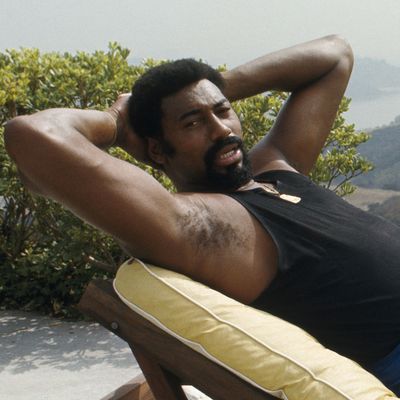
If you want a fascinating story that mixes statistics, sex, social media, human behavior, and sports, has ESPN got you covered. In an article in the annual analytics issue of ESPN The Magazine, Tom Haberstroh digs into an ongoing statistical mystery in the NBA:
Something strange happens when NBA teams play on the road these days, a trend line that baffles statheads. In the 1987-88 season, home teams won an astounding 67.9 percent of games, boasting an average win margin of 5.8 points, the highest on record. The advantage was so profound that home teams, on average, played at the level of a 55-win team.
Then, in less than a decade, the home-court advantage gap was sliced in half. By 1996-97, home teams won only 57.5 percent of the time, by an average margin of only 2.6 points. And now, after hovering around 60 percent for most of the 2000s, home-court advantage is dropping again. This season, it sits at an all-time low of 57.4 percent.
Many observers think this trend is more about visiting teams getting better than home teams getting worse, and that they are getting better because what was once a raucous hard-partying road lifestyle in the NBA is dying out. That lifestyle was fueled largely by sex: In short, it used to be that when players on the road wanted to find someone to have sex with — and we’re talking about famous young men in peak physical condition, many of them millionaires, so naturally there has always been a fair bit of this — they would have to go out to party. This would inevitably affect their gameplay, given that alcohol is to athletic performance what kryptonite is to Superman.
Things are different now, though. For one thing, players take conditioning a lot more seriously than they did back when home teams dominated — NBA norms have shifted, Haberstroh explains, and it’s way less common for players to drink heavily, let alone to engage in the hard-drug use that used to plague the league (there was a lot of cocaine in the 1980s).
Then there’s the internet. Thanks to Tinder and Instagram (which many players apparently prefer to Tinder for casual-sex purposes), it’s very easy for players to find people to sleep with without having to spend hours at clubs or bars. “The NBA player staring at a 9:30 a.m. team breakfast in a hotel conference room the morning of the game can now log seven or eight hours of z’s and still enjoy a tryst,” writes Haberstroh.
It would of course be impossible to isolate exactly how much of the shift in road-team winning percentage has to do with the internet as opposed to all the other slow, long-term changes in how NBA players view and conduct themselves — “the professionalization of the professional athlete,” as Haberstroh puts it. But there’s a strong case to be made social media is changing the behavior of NBA athletes in a manner that is leaving a noticeable statistical footprint.




